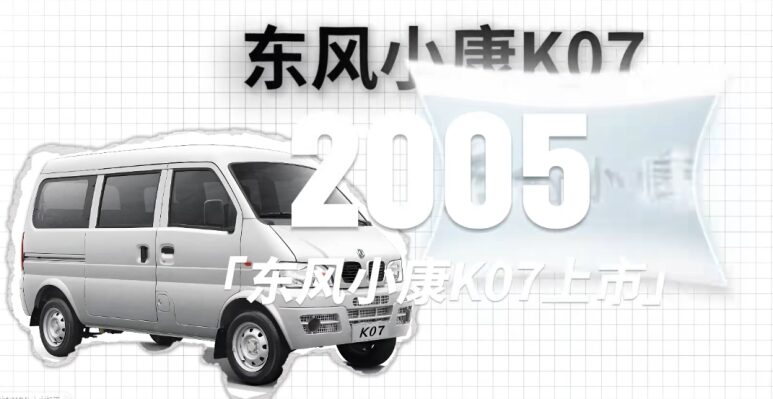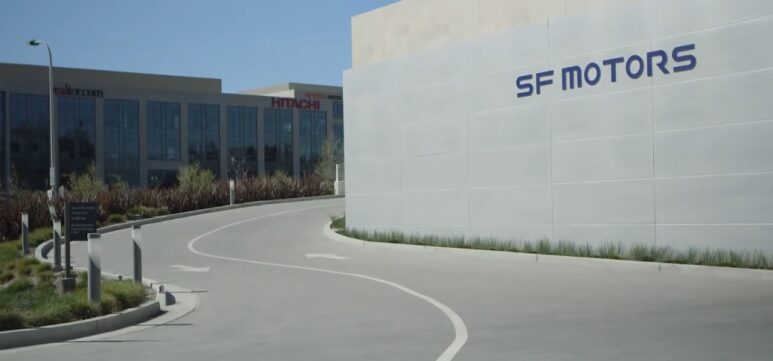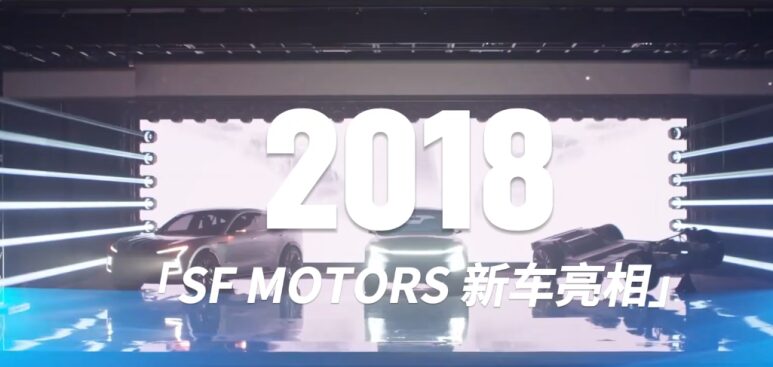Everyone Thinks AITO is Huawei’s Car. They’re Wrong. The Shocking Story of Seres’ Rise from Springs to a €45B Auto Giant
When you look at China’s premium electric vehicle market, one name is causing a seismic shift: AITO (问界). With an average selling price surpassing that of BMW and Mercedes-Benz, it’s a homegrown success story. The common narrative, both inside and outside China, is simple: “It’s Huawei’s car.”
But what if I told you that’s only half the truth? And the other half involves washing machine springs, a failed motorcycle venture, and a business philosophy that has twice turned near-certain failure into market dominance.
As a market analyst based in China, I see beyond the headlines. AITO’s success isn’t just about Huawei’s tech prowess. It’s the culmination of a four-decade journey by its true manufacturer, Seres (赛力斯), and its founder, Zhang Xinghai. This is the untold story of how a small-time parts supplier learned to “dance with giants” and ended up on the world’s biggest stage.

The Art of the Dance: From 1 RMB Springs to Minivan King
The tale begins in 1986 with Zhang Xinghai’s humble spring factory. At a time when China imported automotive springs for a dollar apiece, he reverse-engineered them, producing them for less than one RMB. This move captured 90% of the domestic market and became his first lesson: identify a weakness, build a better, cheaper solution, and dominate.

This success led him to bigger things, like shock absorbers, where he again became a market leader. But his ambition was always to build his own vehicles. An attempt to enter Chongqing’s hyper-competitive motorcycle market in the 90s failed, teaching him a valuable second lesson: don’t fight giants on their home turf.
His chance came when he moved to four wheels. Lacking a manufacturing license—the same hurdle for today’s EV startups—he found an unlikely partner: the massive state-owned enterprise (SOE) Dongfeng Motor. While other private firms balked at the restrictive conditions of partnering with an SOE, Zhang embraced it. His guiding philosophy was born:
“To dance with a giant, you must know how to bow to go far.”
This philosophy was a masterstroke. The resulting joint venture, Dongfeng Sokon, became a roaring success. Its microvans became ubiquitous across China, making the brand one of the “Big Three” in the segment. Zhang had successfully danced with his first giant.

The Silicon Valley Dream and a Fateful Alliance
Fast forward to the EV era. Inspired by a Tesla Model S he personally bought, Zhang decided to pivot again. In 2016, he established SF Motors in Silicon Valley, even hiring Tesla co-founder Martin Eberhard as an advisor. They secured a coveted EV production license in China before NIO or XPeng.
But the brand, later renamed Seres, faltered. Its first model, the SF5, was a commercial disaster. The company was bleeding cash and heading towards obscurity.
Simultaneously, another giant was in crisis. US sanctions had crippled Huawei’s smartphone business, and the tech behemoth was desperately seeking new revenue streams, with smart cars being the most promising. Huawei approached numerous established automakers, but they were all wary of ceding control of their vehicle’s “soul”—the software and electronics—to a tech company.
A struggling Seres and a cornered Huawei found each other. While others saw risk, Zhang Xinghai saw his second giant. He bowed again, agreeing to a deep collaboration that others refused. In 2021, the “Huawei Smart Selection” Seres SF5 was launched, sold through Huawei’s retail stores. Sales improved, but it wasn’t a home run. The market still saw it as a Seres car with some Huawei tech bolted on.

The Birth of AITO: A Brand Reborn
The solution was radical: kill the Seres brand for this project and start anew. Together, they created AITO. The first model, the AITO M5, was built on the SF5’s chassis, but everything the customer saw and touched—from the exterior design to the HarmonyOS-powered cockpit and the electric motors—was re-engineered by Huawei.

The result was explosive. The AITO M5 became a bestseller, and the subsequent M7 and M9 models have cemented the brand’s position in the premium segment.
The AITO story is a powerful lesson for the global auto industry. It demonstrates that success in the new automotive era isn’t just about legacy or even standalone technology. It’s about strategic, often unequal, partnerships. Seres provided the manufacturing foundation that Huawei lacked, while Huawei provided the brand power and technological “soul” that Seres could never have developed alone.
Zhang Xinghai’s willingness to “bow” before a stronger partner didn’t show weakness; it revealed a profound strategic wisdom. By doing so, his small spring factory has ultimately found itself at the heart of a €45 billion automotive powerhouse that now has the German establishment looking over its shoulder.

My AI Jazz Project: